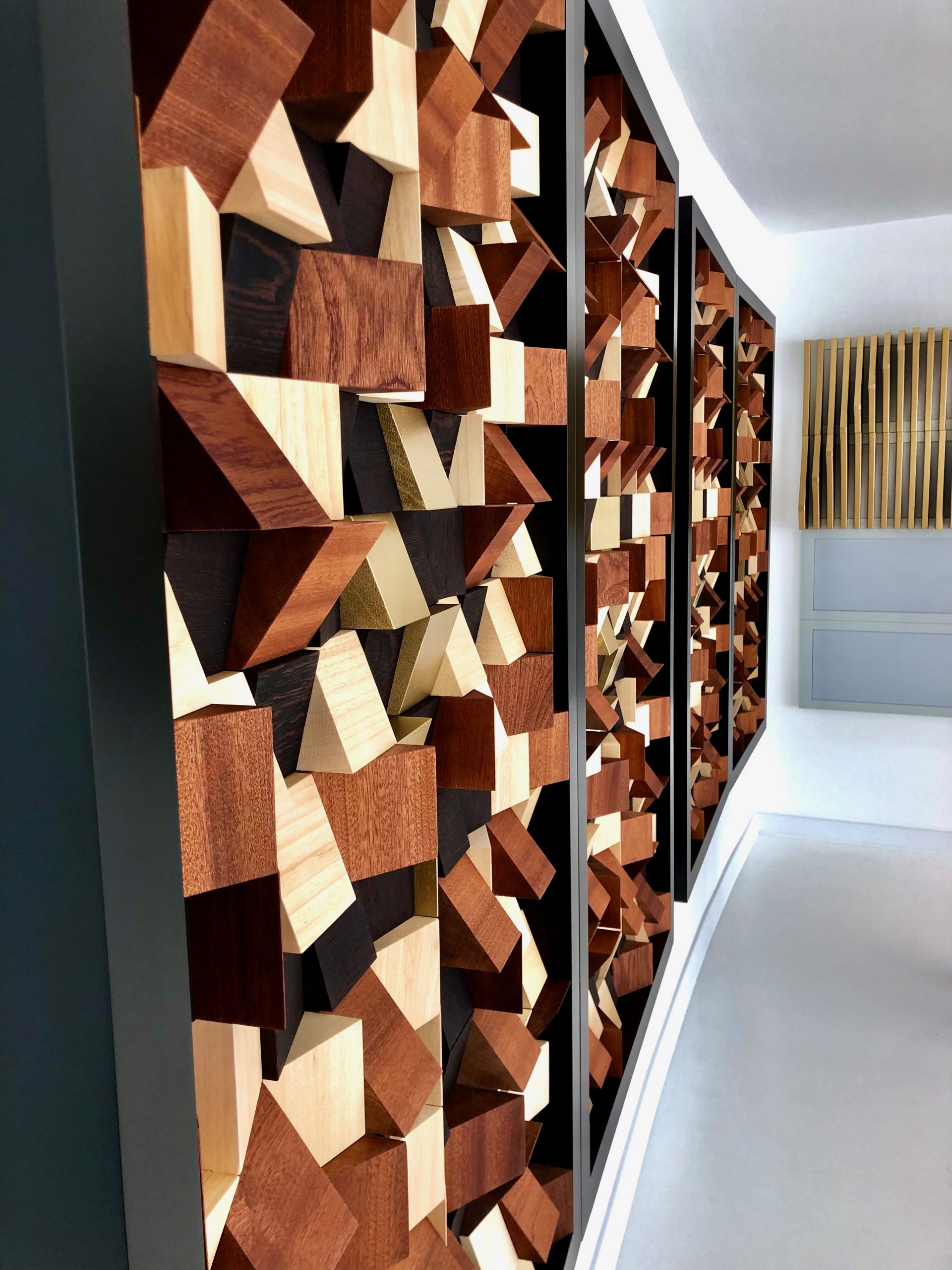What is the link between acoustic treatment in home cinemas and amazing performance? Good room acoustics will make moderate speakers sound great, and poor room acoustics will make great loudspeakers sound disappointing! With the right preparation, you can increase the performance of your home cinema or media room audio system.
As home cinema, media room and audio experts, we will always look at how we can maximise the performance of any audio system. We use acoustic products to treat the room.
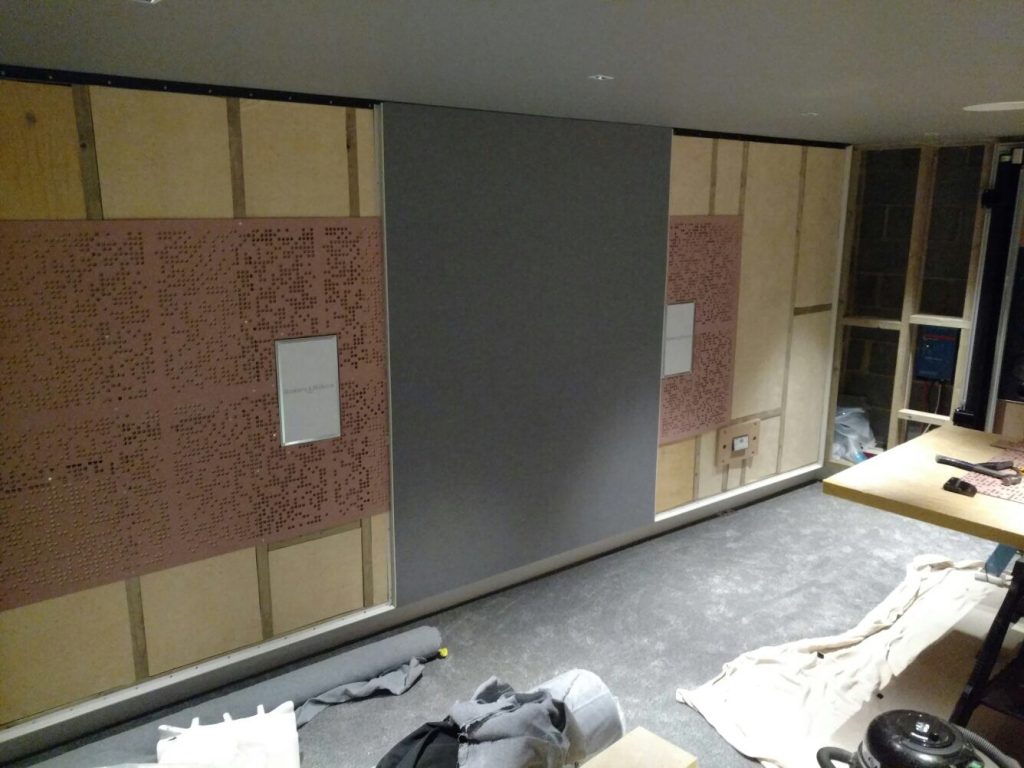
Getting your room to perform!
In this article, we look at:
What’s wrong with the room?
Imagine standing in a large empty space, such as a sports hall and clapping your hands – what happens? The sound you made bounces around the hall, creating an echo. Now think about carrying out a conversation in that same place; listening is hard work because the environment is acoustically so reflective and “bright”. In a home cinema with too much reflection, it is hard to distinguish different elements in the soundtrack. Consequently, it can sound muddled, with time alignment issues, where various sounds are reaching your ears at different times. This makes it difficult to make sense of what you are hearing.
Conversely, in a room with lots of soft furnishings, the sound energy can be absorbed, making the room feel “dead”. This is equally undesirable.
In home cinema terms, we want the room to behave so that it allows us to accurately reproduce the soundtrack of the movie as the director intended.
The size and shape of a room, even the people and objects within, will determine its response to frequencies of sound. Importantly, the sound waves may behave in an undesired way, causing unwanted effects, if the room is untreated.
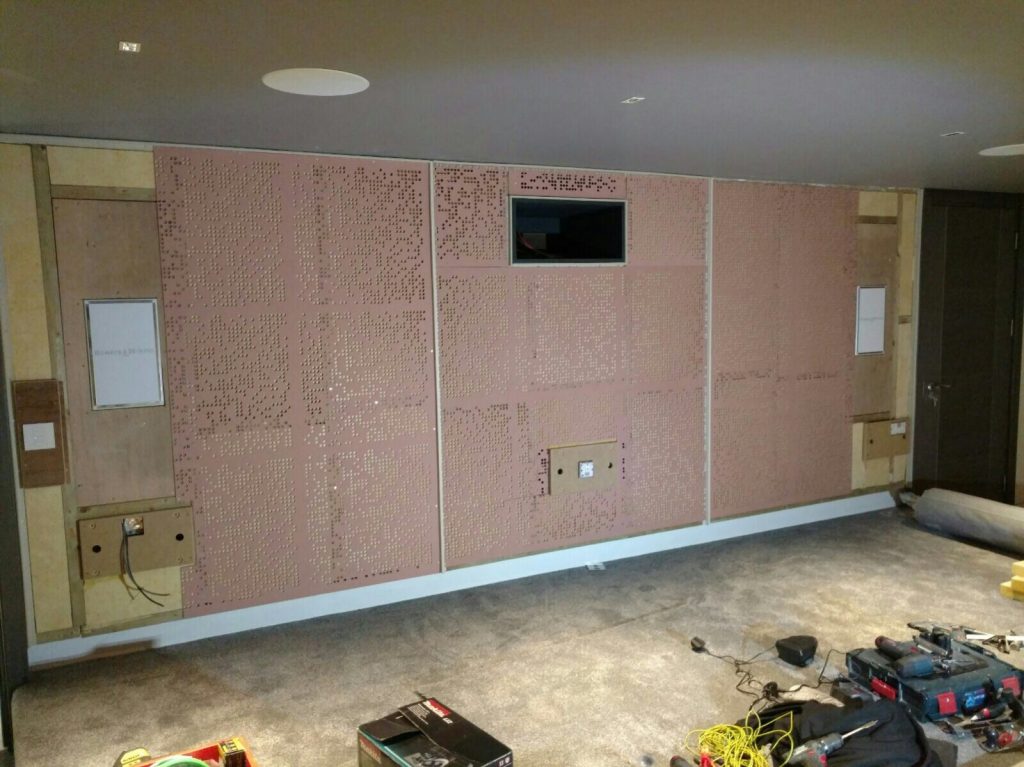
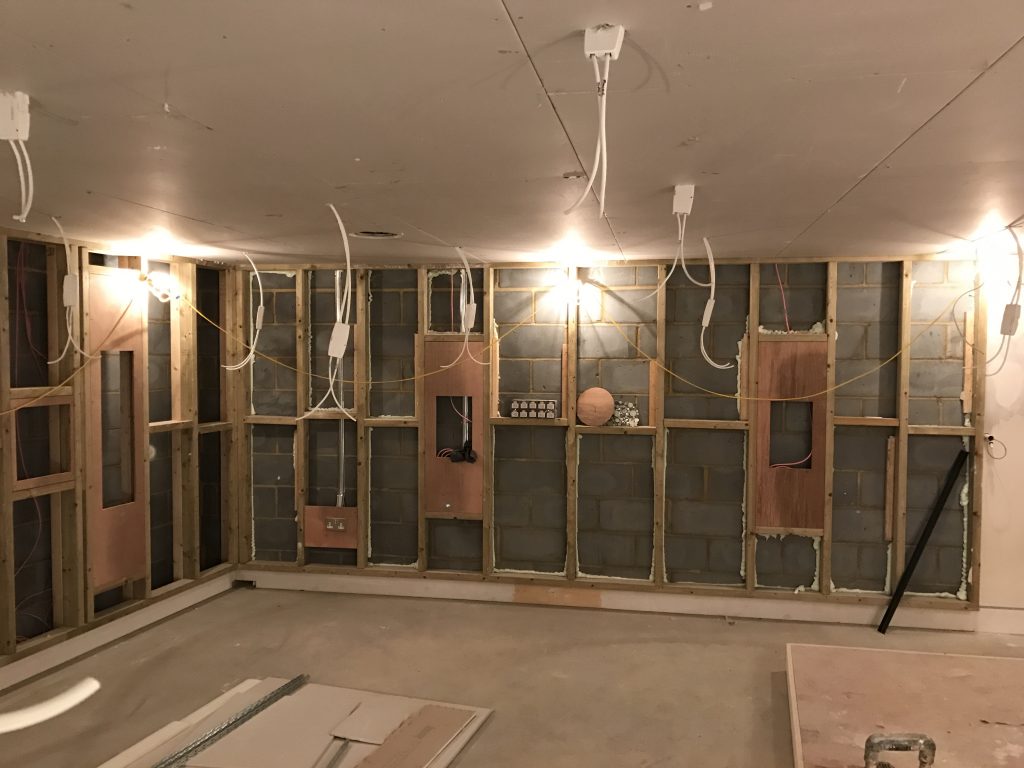
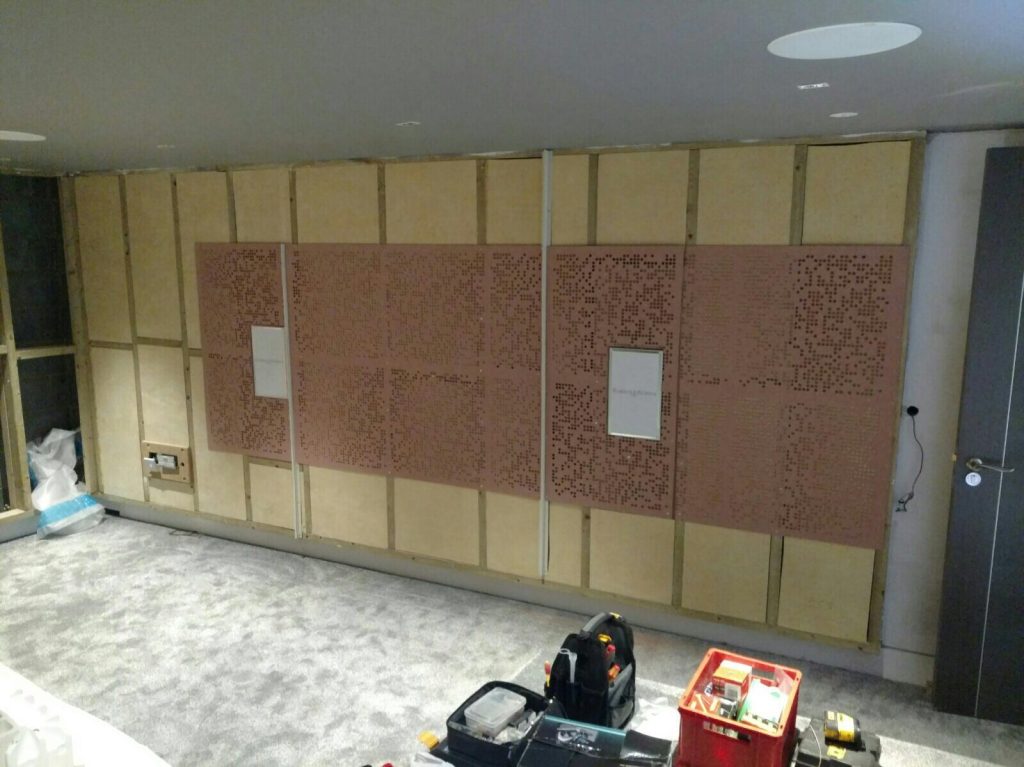
Let’s look at some of the ways sound energy behaves in the room:
Reflection
The ceiling, walls and floor, and lots of items in between, can reflect sound waves of certain frequencies. Often referred to as a material’s absorption, diffusion and reflection coefficient; this is a technical term for hard objects helping to bounce sound around.
Thinking about a home cinema loudspeaker; the listener’s ear receives the direct sound first. Then indirect or reflected sound arrives after the direct sound, making it difficult to accurately interpret the soundtrack.
Absorption
Certain soft, porous materials will absorb sound waves. Certainly, too much absorption of certain sound frequencies can make a room feel “dead”.
Standing Waves
In very simple terms; standing waves are caused when sound collides with a reflecting source in mid-air. This can cause frequencies to cancel others out, causing dead spaces, or nulls, within the room. Inversely, sometimes frequencies can expand giving an overall louder impression.

What is Acoustic Treatment
Acoustic treatment products have different acoustic characteristics, which work to improve some modal responses and overcome difficulties with the room.
Usually, as a rough guide, about 30-50% of the wall space would be acoustically treated.
Absorption
We use certain products to absorb sound waves at the early reflection points. These help to avoid the scenario where the reflected sound from the first reflection point is received very slightly after the direct sound. As a result, this improves the intelligibility of the dialogue and allows you to track movement better.
Low-frequency absorption, or bass traps, are used in the corners, walls and ceilings to reduce the amount of low-frequency sound waves being reflected into the room.
Diffusion
We use diffusers to treat sound anomalies, reducing echoes and reflections, whilst retaining a live-sounding space. Rather than removing sound energy, diffusers radiate it in many directions.
Reflection
Not all reflection is bad! We are very used to hearing reflected sounds in everyday life, and in very basic home cinema terms, we would want the rear of the home cinema to be a little reflective.
Usually we would utilise acoustic panels to either absorb, diffuse or reflect the sound,. These could be constructed from foam, glass fibres, veneered wood etc and can themselves be stylish items of decor. Occasionally we use acoustic rafts and baffles overhead.
When we design the acoustic treatment for a room, we not only consider the technical elements of the room responses, we also look at the aesthetics. This helps to ensure that the overall scheme is appealing to our client.
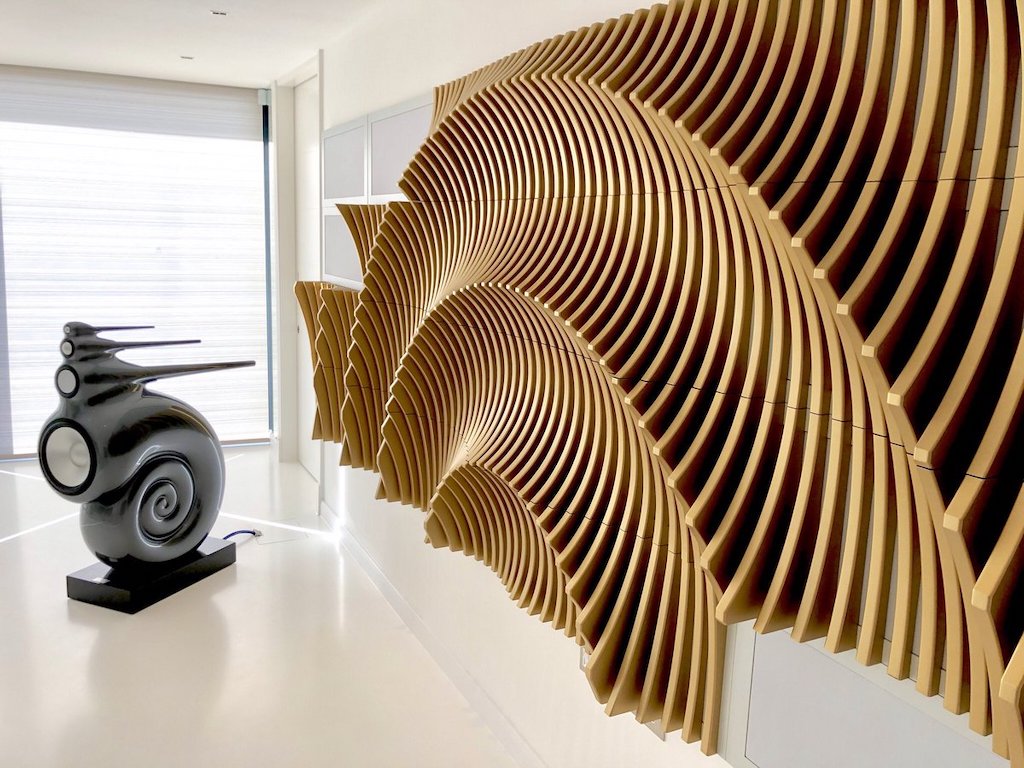
How will an expert help wtih acoustic treatment?
What is an expert?
Firstly, what is an expert? An expert’s credentials should be defined by their underpinning knowledge and experience. The term “expert” is banded around frequently. You will need to make sure that the company you engage has as the prerequisite qualifications and experience to produce amazing work for you. In our 20+ years of business, we have accumulated a wealth of experience in designing and delivering brilliant acoustic solutions. Importantly, our team are trained to the highest levels of acoustic knowledge from THX, Home Acoustics Alliance and CEDIA.
And did you know that our founder and managing director, Guy Singleton, invented and built acclaimed cinema design software, “The Cinema Designer”? The software is a cloud-based cinema design tool, which deals with acoustics at a very technical level.
Your project
In terms of your own project, we can achieve some acoustic treatment of the room using the types of materials that are already likely to be present, such as carpets, chairs and curtains. In an ideal world, we’d design the room from scratch to have a sloping ceiling. in short, this isn’t often possible and, quite rightly, our clients will make decisions such as carpets vs hard floors.
When you engage us as your expert to treat the room, the first stage is to produce an acoustic analysis. In other words, we calculate where the difficulties within the room will be, relative to the listening positions. Once this data has been computed, we design an acoustic treatment scheme to address the issues and improve the room responses.
Subsequently, we will guide you through the aesthetic options and will work with your builder to prepare the room correctly, in terms of isolating and soundproofing.
Then, at the appropriate time, we will install the acoustic treatment and calibrate the audio equipment to perform correctly.
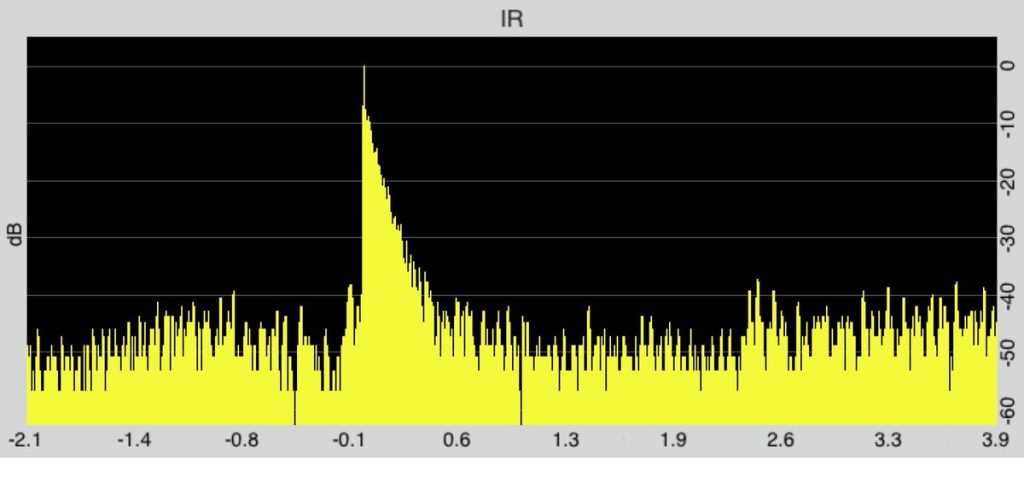
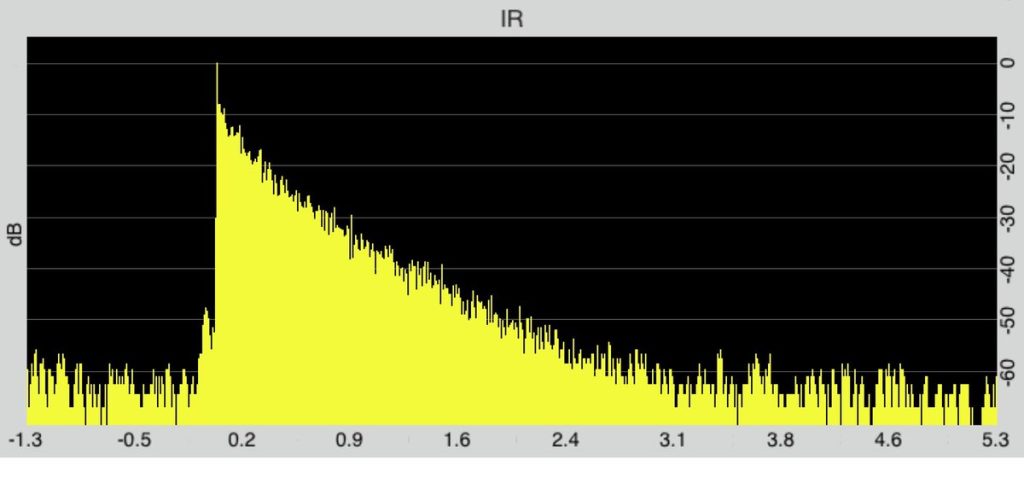
Other Considerations
There is just another piece of information worth considering, which is that some benefits can be gained electronically by your sound processing equipment. Many of the newer sound processors have onboard room correction. Certainly, with the correct set-up, this can overcome some of the room issues. This wouldn’t necessarily be our first choice, as we would rather design the room correctly in the first instance, but electronic room correction can be very helpful in some scenarios.
In Conclusion
In short, as home cinema and media room experts, we understand the importance of correctly preparing the room to gain the best audio results and to consolidate the investment you make in your audio system. We will provide computations and guide you through the decision-making process. Moreover, we will ensure that your home cinema or media room provides you with a stunning performance.
Further Reading
For further reading, please see our project, Stunning Basement Cinema or for an application of acoustic treatments in a high fidelity audio room, please see our project; The Ammonite Room.
We also talk about the conundrum of dedicated home cinema vs media room in our article: What’s the difference between a media room and a home cinema?.
If you are interested in the design work we do, please read our article on Home Cinema Design.
Or or a lighting-related article: Why Upgrade to Lutron HomeWorks QS Lighting Control System?.
(Additionally, if there is a topic you would like us to address in our news articles, please let us know using the contact form below.)

